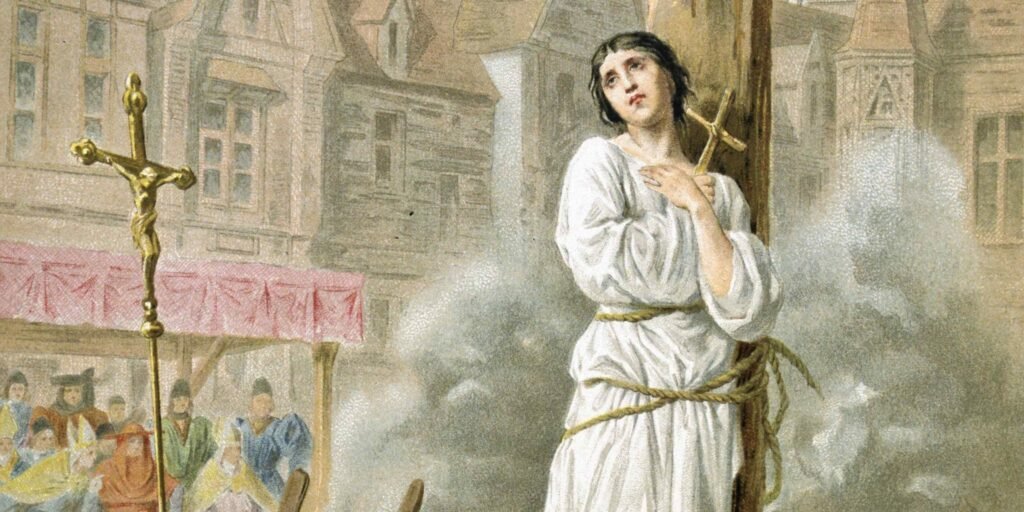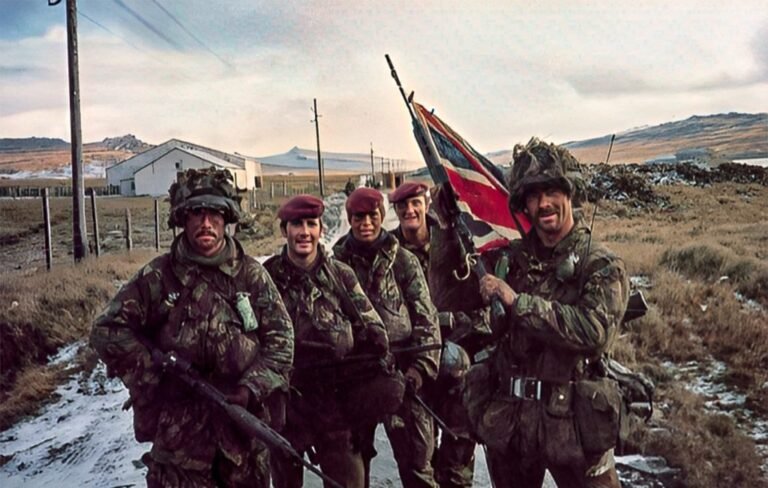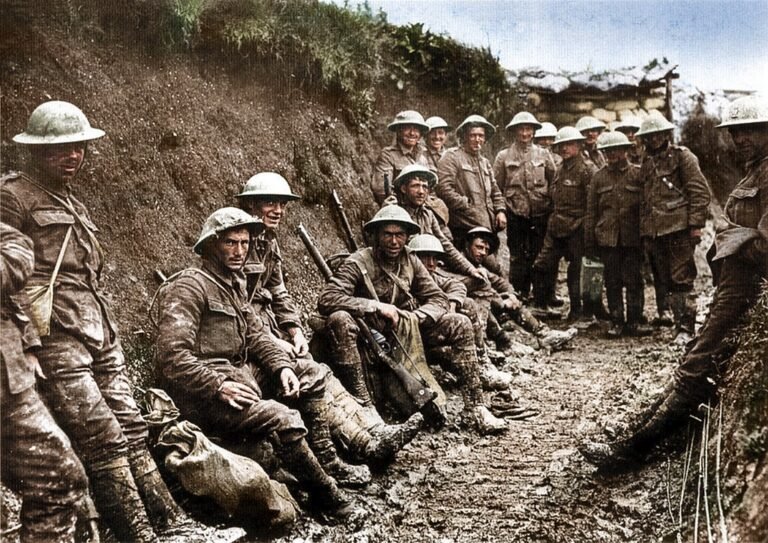Joan of Arc is a name known to many. Her story is both inspiring and tragic.
Born in 1412 in a small French village, Joan’s life took an extraordinary turn. By the age of 17, she led the French army to several victories. Her faith and determination were unmatched. Yet, her journey ended abruptly when she was captured and executed at 19.
Why does her story still resonate today? Joan of Arc’s courage and conviction have made her a symbol of bravery and faith. She believed deeply in her mission, claiming divine guidance. Her leadership in the Hundred Years’ War was pivotal for France. Despite her youth, she inspired soldiers and leaders alike. Joan’s trial and execution highlighted the political and religious tensions of the time. Today, she remains a figure of fascination and reverence. Her legacy endures in history, literature, and popular culture. Joan of Arc’s life prompts us to reflect on the power of belief and the impact one person can have on history.

Credit: www.britannica.com
Early Life
Joan of Arc, a legendary figure in history, was born in 1412. Her early life was marked by humble beginnings and extraordinary events. Growing up in a small village, Joan’s journey from a peasant girl to a national heroine is inspiring.
Humble Beginnings
Joan of Arc was born in Domrémy, a small village in France. Her parents, Jacques d’Arc and Isabelle Romée, were farmers. Joan grew up working on the family farm, tending to the animals and fields. Life was simple and challenging. But Joan’s faith and determination set her apart.
Early Signs Of Leadership
Even as a child, Joan showed signs of strong leadership. She was deeply religious and often visited the local church. Joan claimed to have visions of saints and angels. These visions guided her actions and decisions. By age 13, Joan believed she had a divine mission to save France. Her confidence and conviction inspired those around her. She led with courage and a sense of purpose.
Joan’s early years laid the foundation for her future role in history. Her humble beginnings and early signs of leadership shaped her into the fearless warrior she became.
Divine Visions
Joan of Arc’s divine visions guided her remarkable journey. She claimed saints instructed her to lead France. Her courage and spiritual insights inspired a nation. Her role in history remains a testament to faith and determination.
Joan of Arc is a name that resonates through the ages, not just for her bravery but for the divine visions that guided her life’s mission. These visions were a beacon of hope during a time of turmoil in France. They shaped her into a legendary figure, leaving us to wonder about the power of faith and divine guidance. Her story invites us to question the role of spirituality in our lives and how it can influence one’s path.
Spiritual Encounters
Joan’s spiritual encounters began at the tender age of 13. She described hearing voices that she believed were saints communicating with her. These voices were not mere whispers; they were clear, commanding, and persistent. They were guiding her towards an extraordinary destiny.
Imagine being a young girl with such profound experiences. It’s a reminder that spirituality can manifest at any age. Joan’s encounters teach us that faith can be a powerful motivator, urging you to listen to your inner voice.
What would you do if you heard a call so strong that it changed your life’s direction? Joan’s experiences push us to reflect on our spiritual beliefs and how they shape our decisions.
Mission From God
Joan’s visions weren’t just about personal enlightenment. They were about action. She was tasked with a mission from God, which was to lead France to victory against the English. This divine mission was both daunting and empowering. It gave her a sense of purpose that transcended earthly concerns.
Her mission reminds us that sometimes, belief in a higher purpose can fuel incredible feats. Joan’s unwavering conviction led her to step into roles traditionally reserved for men, challenging societal norms.
Think about the missions that drive you. Are they fueled by a sense of divine purpose or personal passion? Joan’s story encourages you to pursue your goals with fervor, regardless of the challenges you face.
Joan of Arc’s divine visions and subsequent mission serve as a powerful example of how spiritual encounters can shape one’s destiny. They prompt us to consider how our own beliefs and experiences guide our paths. What divine vision are you listening to today?
Rise To Prominence
Joan of Arc, a name that resonates through history. Her journey from a peasant girl to a national heroine is nothing short of extraordinary. This section delves into her rise to prominence, highlighting how she joined the French Army and gained the trust of leaders.
Joining The French Army
Joan’s journey began at the tender age of 16. She claimed to hear voices from saints, urging her to support Charles VII. These voices guided her to seek an audience with the Dauphin. Many doubted her. But her determination never wavered. She convinced local officials to escort her to the court. Her conviction was palpable. She wore men’s clothing to travel safely. Her request to meet Charles was granted. This was the first step in her military journey.
Winning Trust Of Leaders
Winning the trust of leaders was not easy. Charles VII was cautious. He subjected Joan to a thorough examination. Clerics tested her claims. She passed every test. Her faith and sincerity shone through. Charles granted her an army. She led them to Orléans. Her presence inspired the troops. They saw her as a divine messenger. Joan’s strategy and courage led to a significant victory. This success solidified her position. She became a symbol of hope and strength. Leaders began to trust her more. Her rise to prominence was unstoppable.
Key Battles
Joan of Arc played a crucial role in several key battles. Her courage and leadership were unmatched. These battles were turning points in the Hundred Years’ War.
Siege Of Orléans
The Siege of Orléans was a significant battle. Joan of Arc arrived in Orléans in April 1429. The city had been under siege by the English for months. Joan’s arrival brought hope to the French defenders. She led several assaults against the English forces. Her presence inspired the troops. They fought with renewed vigor. By May 8, 1429, the English retreated. The siege was lifted. This victory marked a turning point. It boosted French morale and changed the war’s course.
Battle Of Patay
The Battle of Patay took place on June 18, 1429. Joan of Arc and her forces faced the English army. The English troops were caught by surprise. Joan’s leadership was decisive. The French launched a fierce attack. The English lines broke quickly. Many English soldiers were captured or killed. This battle was a major victory for the French. It paved the way for Charles VII’s coronation. Joan’s role was vital in this success. Her bravery and tactics led to another triumph.
Capture And Trial
Joan of Arc’s journey took a dark turn in 1430. Her unwavering faith and military prowess faced their greatest test. She was captured and put on trial. This event marked a crucial point in history.
Betrayal And Arrest
Joan’s capture was a result of betrayal. In May 1430, she was defending Compiègne. The Burgundians, allies of the English, seized her. She was sold to the English for 10,000 livres. Her bravery led her into a trap. The French crown could not save her.
Accusations And Charges
The trial of Joan of Arc was harsh. The English wanted her silenced. She faced over 70 charges. Her crimes included witchcraft and heresy. Her male attire was heavily criticized. They questioned her visions and divine guidance. Her trial was unfair and politically motivated.
Joan remained strong and steadfast. Her faith guided her through the ordeal. Despite the charges, she stood by her beliefs. Her trial lasted several months. In the end, her fate was sealed.

Credit: en.wikipedia.org
Martyrdom
Joan of Arc stands as a symbol of courage and faith. She led French forces to victory during the Hundred Years’ War. Her martyrdom at the stake in 1431 immortalized her legacy and inspired generations.
The martyrdom of Joan of Arc stands as a powerful testament to her unwavering faith and commitment to her beliefs. Her death marked a pivotal moment in history, symbolizing the struggle between political power and personal conviction. Joan’s sacrifice not only transformed her into a legendary figure but also left a lasting impact on France and the world.
Execution At The Stake
Joan of Arc met her tragic end on May 30, 1431, when she was executed at the stake in Rouen. She was only 19 years old. Accused of heresy and witchcraft, she faced a trial that was more about politics than religion.
Her execution was a public spectacle. Witnesses reported that even her enemies admired her bravery. She asked for a cross to hold during her final moments, displaying her faith until the very end.
What emotions does this evoke in you? Her courage in the face of death reminds us to stand firm in our beliefs, even when the world seems against us. Would you have the same courage?
Impact On France
Joan’s martyrdom had a profound impact on France, galvanizing the nation. Her death fueled the French resistance against English occupation.
Her story inspired many to fight for their country, leading to significant victories in the Hundred Years’ War. Joan became a symbol of national unity and resilience.
In 1920, she was canonized as a saint, further solidifying her place in history. Her legacy continues to influence French culture and identity today. How does her story inspire you to face your challenges?
Legacy
Joan of Arc, a figure of immense historical significance, left a lasting legacy. Her life and deeds continue to inspire and influence people worldwide. Though her time on earth was brief, her impact remains profound. She transcends centuries, resonating in both religious and secular domains.
Canonization As A Saint
Joan of Arc was canonized as a saint by the Catholic Church. This event took place in 1920, almost 500 years after her death. Her canonization recognized her bravery and unwavering faith. She became a symbol of courage and devotion. Many believers view her as a spiritual guide. Her sainthood solidified her place in religious history.
Cultural And Historical Influence
Joan of Arc’s influence extends beyond religion. She has inspired countless books, films, and artworks. Many writers and artists draw inspiration from her story. Her life has been depicted in various cultural forms. She represents resilience and determination. Her story often highlights themes of justice and righteousness.
Joan’s legacy also holds a significant place in history. Her role in the Hundred Years’ War is well documented. She demonstrated remarkable leadership and courage. Her actions were pivotal in France’s fight for freedom. Today, her legacy is a testament to bravery and conviction. Her story continues to captivate and motivate people around the world.

Credit: www.history.com
Modern Remembrance
Joan of Arc remains a symbol of courage and faith. Her legacy continues to inspire people around the world. In today’s world, her story is celebrated in various ways. Her spirit and determination resonate deeply with many.
Annual Celebrations
Every year, France honors Joan of Arc with national celebrations. May 30th marks her feast day, with parades and events. Cities hold events to remember her bravery and sacrifice. Visitors gather to witness reenactments and historical presentations. These celebrations keep her memory alive and vibrant.
Joan In Popular Culture
Joan of Arc appears in films, books, and art. Her story fascinates filmmakers and authors worldwide. Movies depict her trials and triumphs with vivid detail. Many books explore her life and impact on history. Artists capture her essence through paintings and sculptures. Her image is a powerful symbol in pop culture.
FAQs
What Is The True Story Of Joan Of Arc?
Joan of Arc, a French peasant girl, led France to victory against England in the Hundred Years’ War. She claimed divine guidance, was captured by the English, tried for heresy, and burned at the stake in 1431. Later, she was declared a martyr and canonized as a saint by the Catholic Church.
What Is Joan Finally Accused Of?
Joan is finally accused of heresy. She is charged for rejecting church authority and claiming divine guidance. Her beliefs and actions lead to her trial and condemnation. Her refusal to submit to church doctrines seals her fate.
Why Was Joan Of Arc Put To Death?
Joan of Arc was executed for heresy in 1431. She was accused of cross-dressing and witchcraft. Her trial was politically motivated by English forces during the Hundred Years’ War. They aimed to discredit her influence and weaken French morale.
What Happened To Joan At Age 13?
At age 13, Joan experienced a divine vision. This event led her to believe she had a special mission.
Conclusion
Joan of Arc remains a symbol of courage and faith. Her story inspires many today. She showed immense bravery and conviction. Joan led with passion and belief. Her legacy lives on through history. People admire her strength and determination. She faced great challenges with grace.
Joan’s life teaches us resilience and hope. Her actions changed history forever. She stood firm in her beliefs. Joan’s journey continues to fascinate people worldwide. Her spirit encourages us to stand strong. Remember her courage in times of doubt. Joan of Arc is a timeless hero.
Her influence will never fade.








